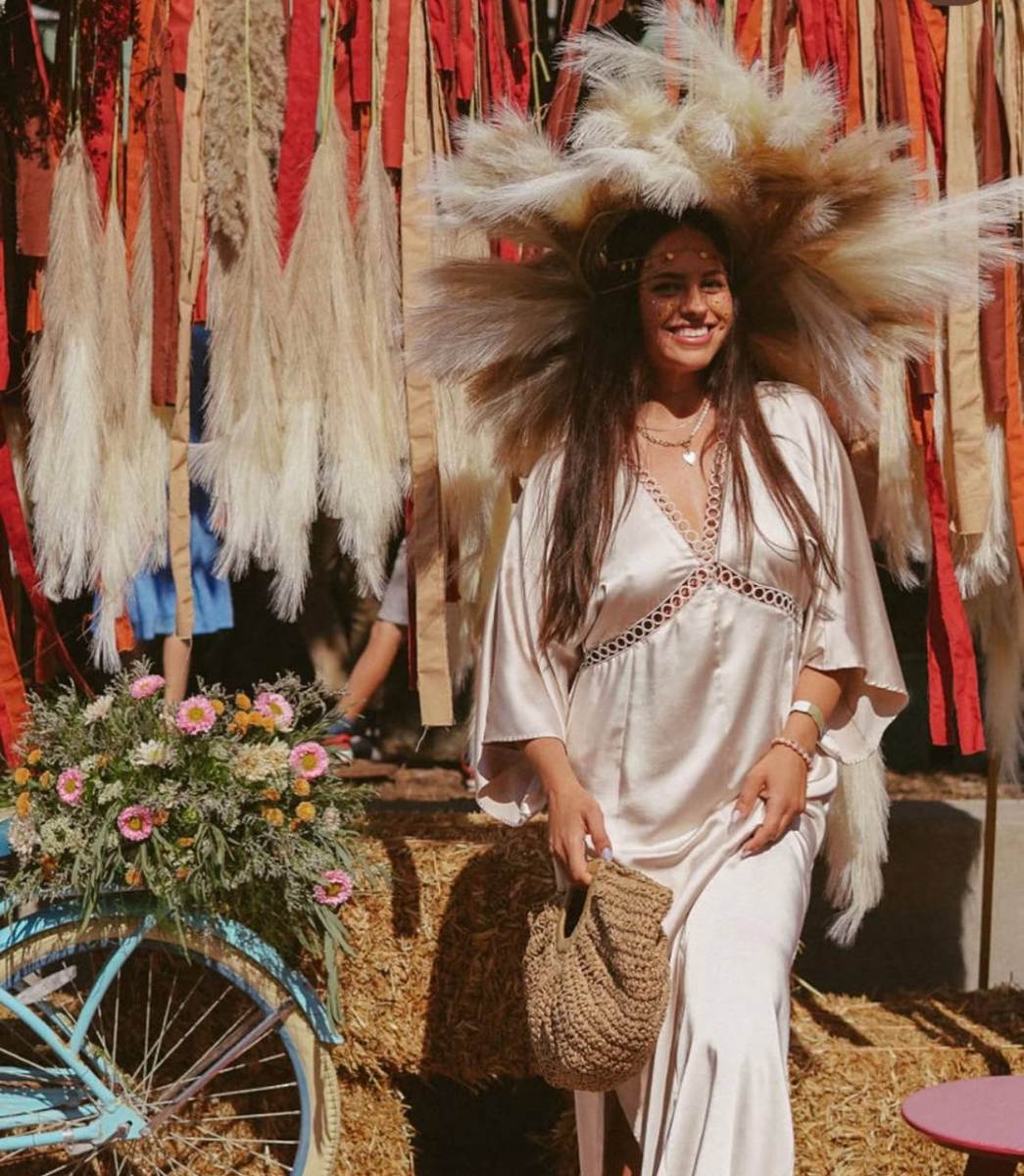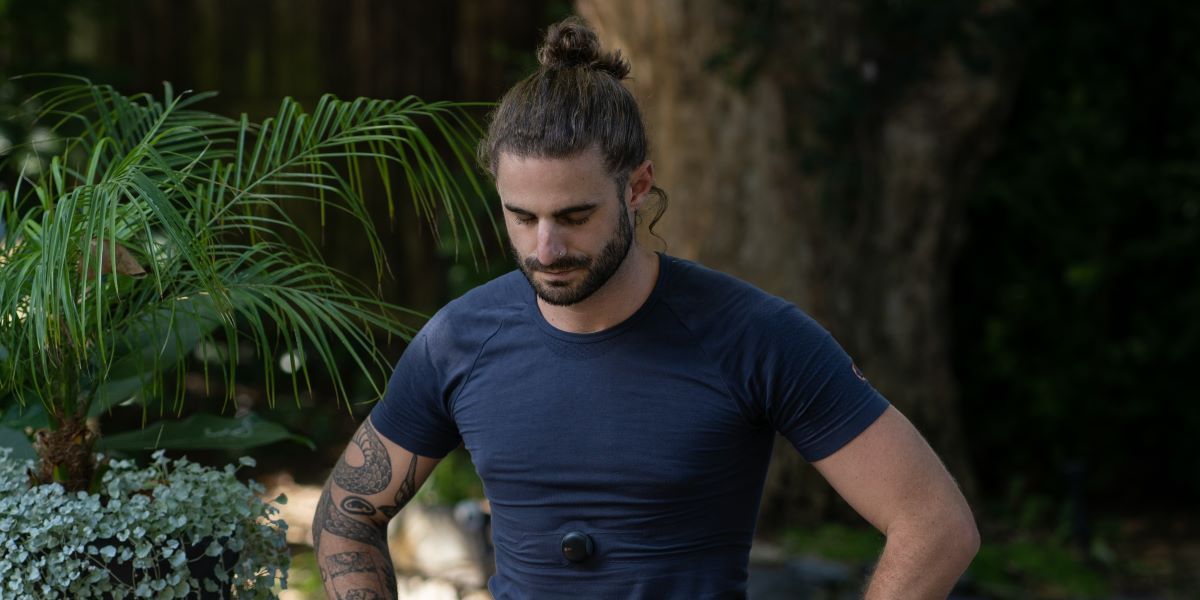From brief to afterglow – a seamless craft of dramaturgy, communication, and cross-cultural care.
Method: Emotion As Thesis
Ask Daria Makieieva what she does, and she will not say “I run events.” She will say, “I design experiences that carry a feeling home.” Every project begins with a single sentence – an emotional thesis that justifies the event’s existence. That sentence becomes the north star for hundreds of micro-decisions: which story the space should tell, how people should enter, where the room should breathe, when anticipation should rise, and what remains on the audience’s skin when the lights go out. The run of show is written like a musical score: an apparent overture that orients, a promise that escalates, a breathing pause to let meaning land, a climax that rewards attention, and a warm afterglow that lingers beyond the venue.
In this grammar, scenography, identity, light, sound, and video aren’t decorations; they are verbs and punctuation. A backdrop is not “pretty”; it is a paragraph break. A lighting cue is not “wow”; it is a comma that extends attention without exhausting it. This is why Makieieva prototypes transitions as carefully as hero moments. She will remove a costly visual effect if it detracts from the story, and she will fight to preserve a two-second silence if it transforms applause into catharsis. Form serves feeling, or it doesn’t belong.
Communication As Craft
Makieieva’s signature strength is communication. She translates the poetic brief into technical clarity for the production floor and turns technical constraints back into human clarity for partners and guests. This involves writing cues that a lighting programmer can execute on the first pass and explaining to a sponsor why a “bigger” opener will actually make the headliner feel smaller. She treats the creative team, vendors, security, and media as one organism sharing oxygen. The toolset is deceptively simple: precise briefs, shared glossaries, annotated floor plans, and a habit of asking, “What would make your job simpler?” before prescribing solutions.
This communication ethic extends to money and time. Budgets are presented as narrative priorities, not just line items—what the audience will feel more of if a line grows, and what they will not miss if a line shrinks. Timelines are framed as safety systems rather than pressure cookers: buffers are labeled, handovers are rehearsed, and failure modes are discussed in daylight. Transparency builds calm; calm builds courage; courage builds better shows.
Cross-Cultural Intelligence

Event direction is translation. Different audiences read color, timing, humor, hierarchy, and hospitality through different codes. Makieieva’s cross-cultural approach is not an add-on; it is the architecture. She maps the social tempo of the room – how long a welcome should be before it feels ceremonial, which forms of acknowledgment signal respect, when an audience expects guidance, and when it prefers discovery. Visual systems are localized without losing coherence, speaker pacing adapts to linguistic expectations, and hospitality flows account for dietary, spiritual, and accessibility norms. The result is an experience that feels both distinct and profoundly considerate – an event that invites people in without asking them to leave their identities at the door.
Designing Within Limits
Budgets and deadlines are often blamed for dull experiences. Makieieva treats them as tempo markings. When resources compress, she protects the foundation: narrative clarity, performer and guest comfort, safety, and timing. Optimizations target the layer audiences won’t perceive as loss: modular scenic elements that load faster, reusable structural components, and tighter light cues that convey the same emotion with fewer fixtures. The question she asks most in pre-production is brutal and liberating: “If we removed this, would the story suffer?” If the answer is no, it goes. If yes, it stays, and something else makes room.
Rehearsing Resilience
Live shows rarely run perfectly. Makieieva’s solution is to rehearse for imperfection. Alternate light plots are prebuilt; media drives are mirrored; roles have shadows; cue sheets carry “branching” notes for detours. When weather, logistics, or technology threaten the plan, the team executes a variation rather than a panic. The audience reads coherence because the narrative spine stays intact: numbers can swap, interludes can lengthen, and interactions can move from floor to stage without breaking the arc. Quiet competence is the art here – the ability to make the extraordinary look normal.
Human-Centered Operations
Behind the stage picture stands a human picture. Makieieva designs crew flow with the same care she gives audience flow. She draws “backstage narratives”: where fatigue will peak, how hydration is assessed, what micro-rituals calm a first-time speaker, how elevators and corridors become pressure points, and which radio channels should be reserved for emergencies. She favors “one-voice” communication during show hours, ensuring updates cascade from a single point to prevent contradictory instructions. Post-event, she insists on a 72-hour media and analytics package so partners can report with pride while the memory is warm.
Hybrid And Digital Touchpoints
For Makieieva, the event begins before the door opens and continues after people leave. Invitation flows set tone and expectations; arrival messaging reduces friction; micro-wayfinding replaces barked orders with confident guests. On the far side of the night, digital galleries, recaps, and thank-you notes are not vanity – they are narrative closure and relationship capital. Hybrid formats are treated as parallel experiences rather than “streams of the real thing”: camera choreography is planned as intentionally as stage choreography, and online audiences receive their own arcs, pauses, and peaks.
Ethics Of Care: Accessibility, Sustainability, Safety
A contemporary event is a city that exists for one day, carrying ethical weight. Makieieva hard-codes accessibility into design rather than bolting it on: routes, sightlines, captioning, sensory relief zones, and staff training are part of the base budget. Sustainability lives in choices like modular scenic, local sourcing, repurposed materials, and building plans that minimize wasteful labor spikes. Safety is layered – not only compliance but anticipation: clear ingress/egress, crowd-flow modeling, off-ramps for heat or weather, and a culture where “I’m not sure” is a welcome sentence. None of this is glamour, but all of it is dignity.
The Leadership You Don’t See
Makieieva leads by making other people excellent. She coaches speakers on breath and posture, allows stage managers to say no when timing is threatened, and encourages crew chiefs to design their own checklists to ensure absolute ownership. Her meetings tend to end with a question: “What did I miss?” Authority grows when curiosity is safe. The net effect is a team that self-corrects in motion—a show that can absorb shocks because competence is distributed, not hoarded.
Measuring What Matters
Success, in Makieieva’s practice, is a triple signal. First, emotion in the moment: silence where it belongs, laughter where it heals, the shared intake of breath before the final release. Second, repeat trust: the phone call that arrives not with a brief, but with a sentence – “Let’s go bigger next season” – because partners felt seen, heard, and supported. Third, clean operations: on-time cues, incident-free delivery, crews that work together again, and a PR funnel that completes—announcement to recap—without breaking. Reach and revenue matter, but they sit alongside artistry, safety, and memory.
Why It Resonates Now
Audiences are saturated with content and starved for coherence. In a landscape where volume often outruns voice, Makieieva offers authorship. Her shows do not ask people merely to watch; they ask them to inhabit a story with their bodies – to arrive, orient, connect, and exhale together. That is why the work feels larger than the sum of scenic and cues. It is choreography for attention in a noisy century, hospitality for difference in a world of borders, and discipline in service of delight.
A Director’s Commitment
Ask Makieieva what she strives for with partners, and she will describe it simply. The goal is to design the event as a human experience first: understandable to crews, kind to performers, generous to guests, respectful to neighbors, and strong enough to survive reality. Difficult choices will be made early, on purpose, in the audience’s interest. And the feeling named in the very first sentence—the emotional thesis—will still resonate when the venue empties and the city returns to itself.
Designing moments is a modest phrase for a complex craft. In Daria Makieieva’s hands, it means building a temporary city where strangers become a community, time acquires shape, and life feels a little more intelligible – if only for an evening. That is the work. And right now, it is precisely the kind of work culture that is needed.






